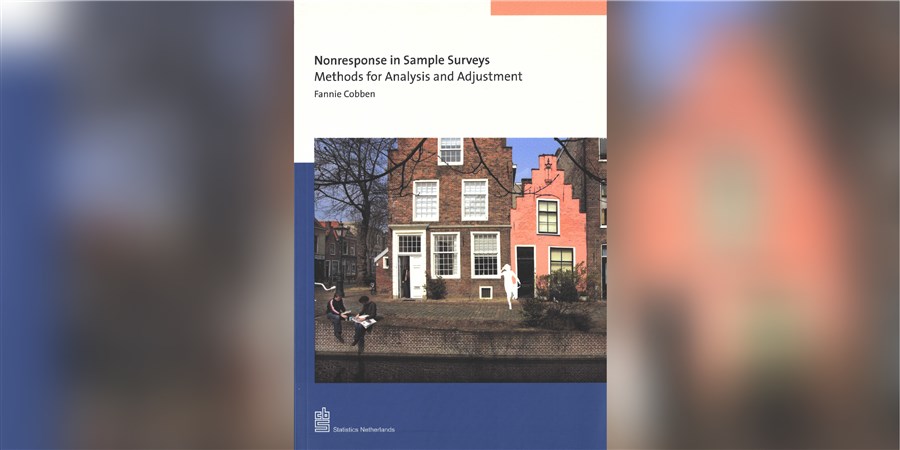Nonresponse in sample surveys: Methods for analysis and adjustment

The main types of non-response are no contact and refusal. In Chapter 2, we discuss some theories for these types of non-response. In addition, we present an overview of the characteristics associated with no contact and refusal, such as household composition or age.
One way to deal with nonresponse is to try to obtain more information about the nonrespondents. This can be done by linking the sample to registers, for both respondents and non-respondents. An example of this is given in Chapter 3, where we show that by distinguishing the various types of respondents we are better able to explain response behavior. Another way to get more information about nonrespondents is to reapproach nonrespondents.
In Chapter 4, we described the reapproximation of non-respondents on the Labor Force Survey (LFS). The recaptured households in the intensive recapture were found to be different from the regular LFS respondents, but showed similarities with the non-recaptured nonrespondents. Thus, adding the recaptured households to the regular LFS response improved the composition of the response.
Another way to treat nonresponse is to apply an estimation method to correct for bias due to nonresponse after the data have been collected.
In Chapter 6, we provided an overview of traditional correction methods based on calibration, as well as more recent methods that use estimated response probabilities called response propensities or propensity scores. These methods do not distinguish between different types of respondents.
In Chapter 5, we developed an indicator of response quality: the Representativeness or R-indicator. This indicator reflects how balanced the composition of the response is compared to the sample with respect to a set of characteristics that is predetermined. In addition, the R-indicator can also be used to optimize the composition of the response during fieldwork. By focusing the fieldwork on groups that are underrepresented in the response, the response rate can be increased efficiently.
In Chapter 7, we discuss an application of these methods to a telephone survey to correct for non-response bias and bias that occurs due to the under-coverage of individuals with a landline. The analysis shows that the omission of persons without a landline leads to a bias in certain survey variables, such as income and education level, that cannot be adequately corrected for. However, the difference between the methods is not large. From this we can conclude that not so much the method but the information used in the method is important for the success of the correction.
In Chapter 8, we developed an analysis method for response behavior that takes into account the different response types. This method consists of separate equations for the various response types. Furthermore, it is also possible to introduce a correlation between the different response types. In addition to the response equations, we have added an additional equation for modeling the survey variable. In this way, the method can also be applied to correct for non-response bias.
In Chapter 9, we developed a mixed-mode method that combines data from different survey modes, while describing the fieldwork process in each mode separately. This method closely follows the fieldwork process. Not only by distinguishing between different response types, but also by describing the concatenation and combination of different survey modes.
Cobben, F. (2009). Nonresponse in sample surveys: Methods for analysis and adjustment. Dissertation, University of Amsterdam, handle:11245/1.312964.
Downloads
- PDF - Dissertation Cobben